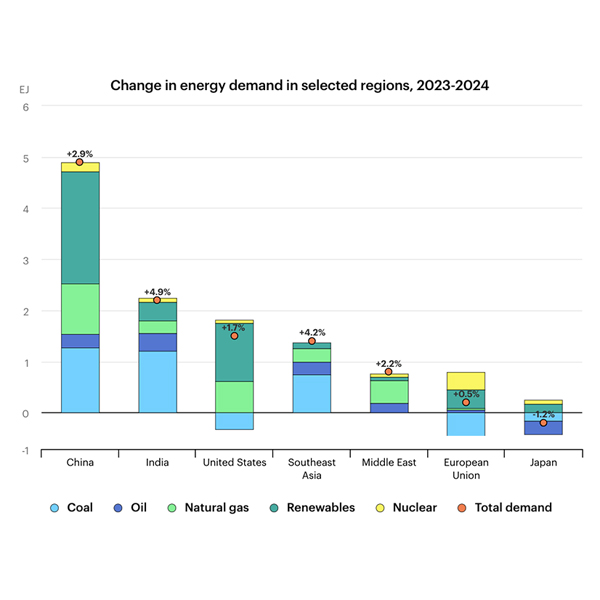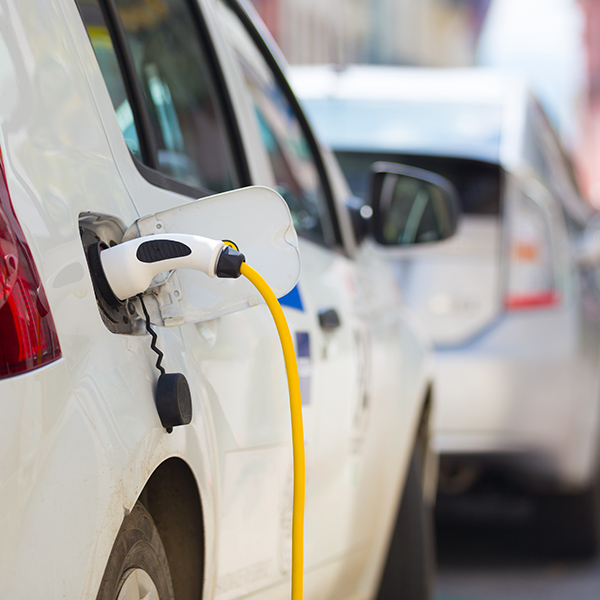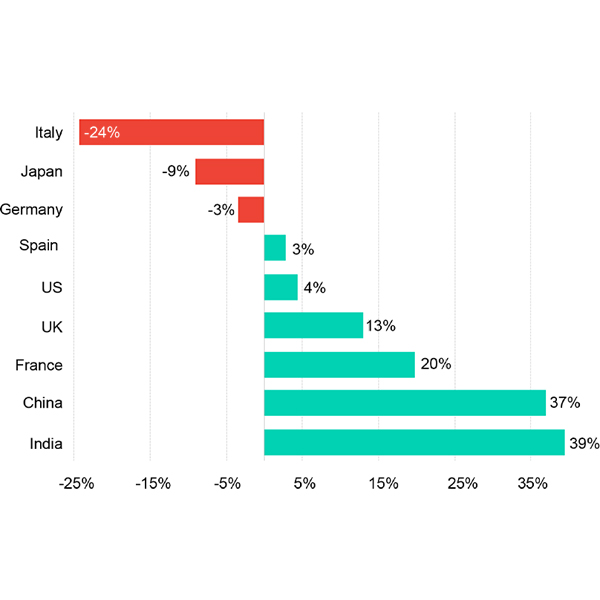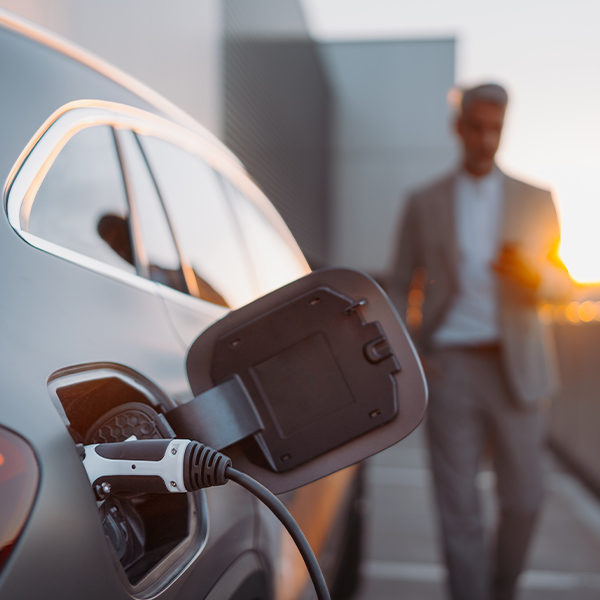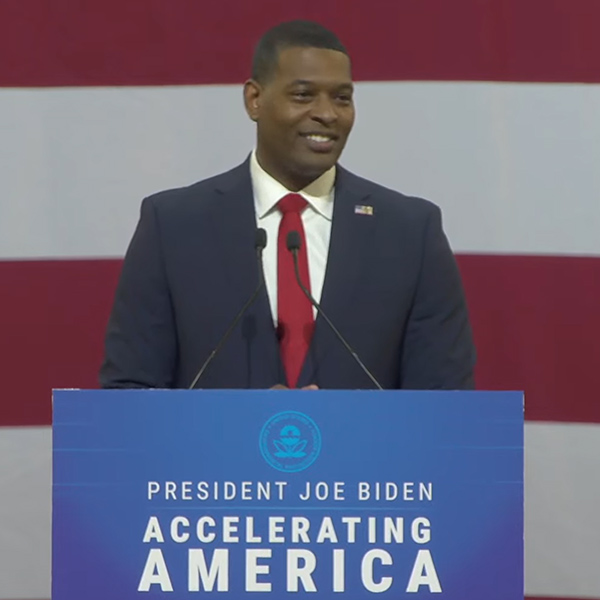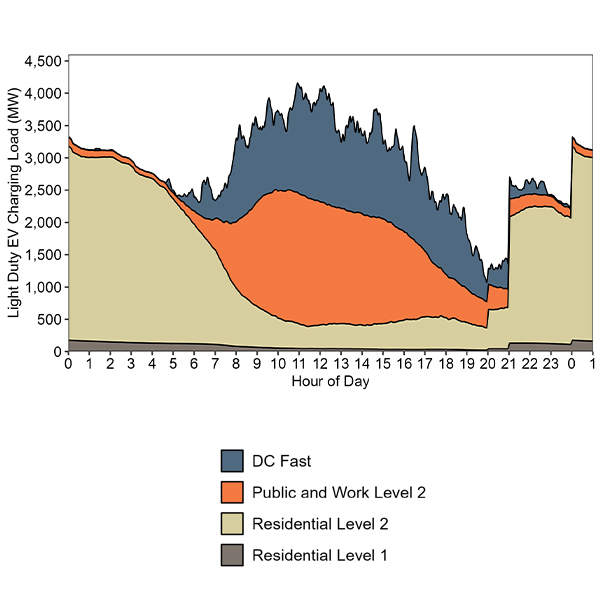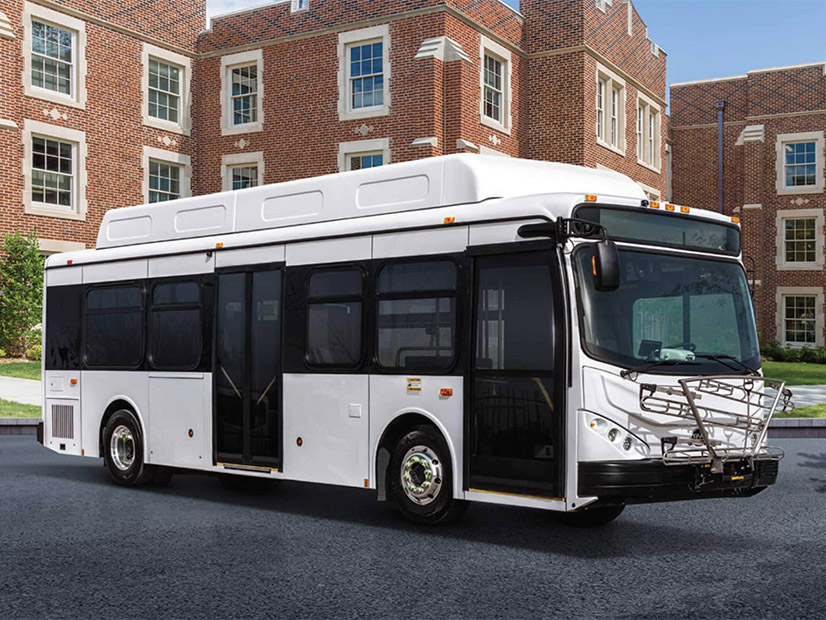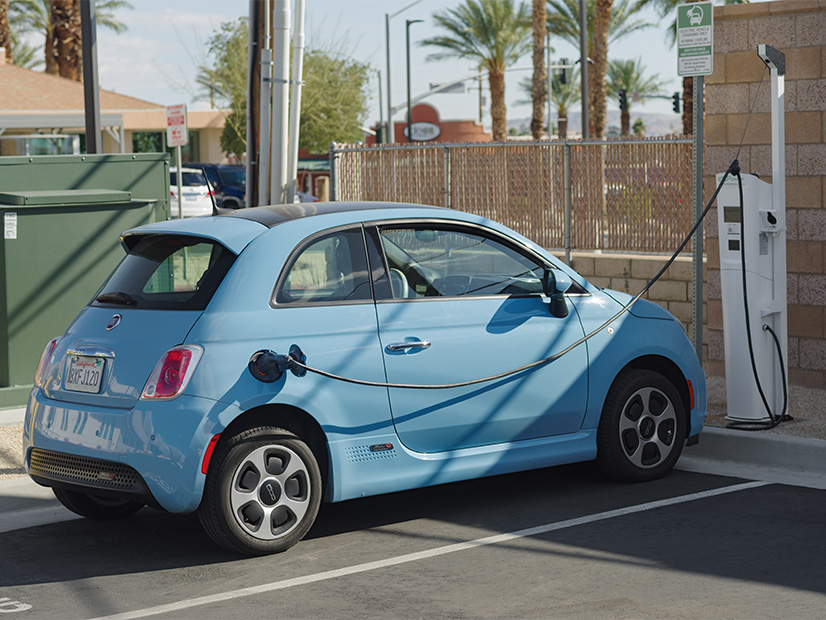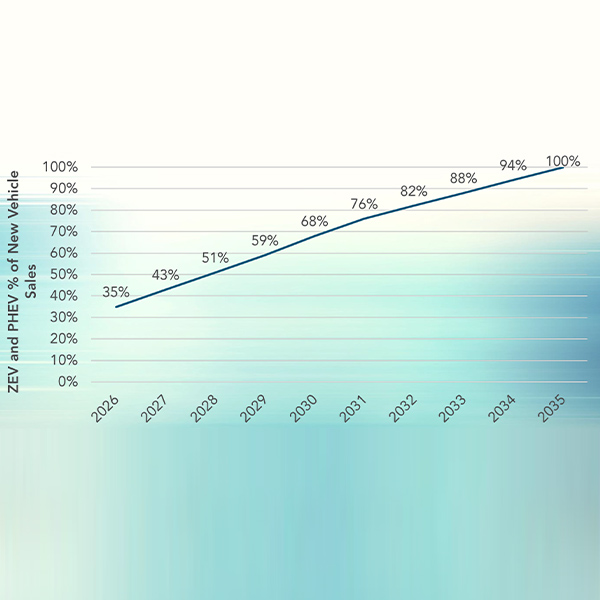plug-in hybrid electric vehicles (PHEVs)
Data centers may be driving electricity demand growth in the U.S., but air conditioning helped drive a 4.3% increase in worldwide demand in 2024.
Both D.C. and Maryland have been working on rules to encourage and accelerate the installation of EV chargers, especially at multiunit dwellings and in low-income neighborhoods, as EV sales continue to grow steadily.
The shift in incentive strategy, toward low- and mid-income buyers, comes as New Jersey seeks to continue its recent relatively strong EV sales amid signs of weakening markets in other states.
About 20% of all vehicles sold worldwide this year will have a plug ― either battery electric or plug-in hybrid ― with sales predicted to rise to one-third by 2027.
According to Kelley Blue Book, the slow-down in EV sales could be a sign that "EVs are almost mainstream cars in parts of the country. Segment growth typically slows as volume increases."
EPA's final rule on light-duty vehicle emissions aims to give the industry more time and flexibility on how to reach its ambitious targets.
California will need to double its public EV charging infrastructure between 2030 and 2035, according to a new report by the state's Energy Commission.
The California Air Resources Board approved its largest budget yet for incentive programs for clean cars, trucks and buses.
With a provision for PHEVs, California’s Advanced Clean Cars II regulations won’t completely eliminate internal combustion engines in new vehicles.
CARB adopted regulations that will require all new cars sold in the state to be zero-emission or plug-in hybrid by 2035, a trailblazing move, the agency says.
Want more? Advanced Search
